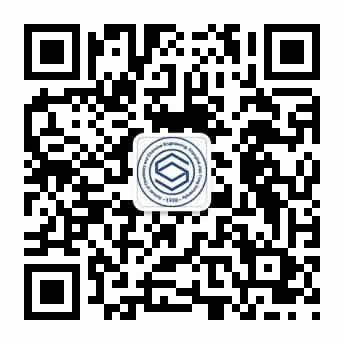题 目:The strategy required for successful translational research in development of clinical diagnostic system
报告人:Prof. Hisashi Narimatsu, (成松久教授) MD & PhD
Glycomedicine Technology Research Center, National Institute of Advanced Industrial Science and Technology (AIST), Tsukuba, Japan
时 间:9月19日(周五),10:00-11:30
地 点:化学A楼5楼演讲厅
邀请人:颜德岳教授(beat365)、张延教授(系统生物医学研究院)
报告摘要:
The potential and efficacy of glycan structures as biomarkers have been long suggested for its characteristics: the tissue cell specificity and the reflection of cell differentiation and canceration. For the past 13 years, the AIST RCMG has developed various base technologies of glycoscience. To fully utilize these research outcomes in the social needs, we started the development of glyco-biomarkers using our own technologies. This was also the start of the translational research phase. Our final goal is to develop the clinically useful diagnostic systems. To actualize this, the following are critical requirements: 1. Selection of the target disease with a large number of patients. 2. Novel diagnostic technology superior to the existing ones. 3. Companion diagnostics useful for new drug discovery. 4. Simple and easy-for-everyone assay procedure. 5 Rapid assay for diagnosis. 6. Non-invasive diagnostics of body fluids are preferred to tissue diagnosis with biopsy. Toward the finalization of development, collaboration of researchers from many scientific fields, such as biochemistry, cell biology, analytical chemistry, pathology, is necessary. In addition, cooperation and thorough discussion with clinicians are indispensable from the initiation of the research for selection of the target disease with actual clinical need to the validation with clinical samples required for the research. The important point is design of the sample set most suitable for the diagnosis of the target disease, which is largely owing to the decision of the collaborating clinicians. In addition, patent application and publication of the study as well as their timing are very important. For the commercialization of the research outcome, collaboration with a relating company is necessary. We have established a glycobiomarker for serodiagnosis of liver fibrosis named M2BPGi together with Sysmex Corporation. Our diagnostic system was recently approved by the Japanese Pharmaceutical Affairs Law for commercialization and has been used in clinical sites.
个人简介:
成松久教授是目前国际糖生物学研究领域最著名的科学家。作为近代糖生物学研究里程碑式的工作,1986年他在国际上第一个发现了人的首个糖基转移酶基因(β1-4半乳糖基转移酶);成功构建了世界上第一个完整的人类糖基转移酶基因库(2003年);首次开发构建了基于质谱分析的糖链结构数据库(2006年);在功能糖生物学,糖链结构分析方面,开发了许多令人瞩目的新技术、新方法,并成功地将这些技术应用到基于糖链的疾病早期诊断标志物的开发上。 目前担任国际人类蛋白质组学组织(HUPO)所属人类疾病糖组学/蛋白质组学组织(HGPI)主席,亚洲糖生物学和糖技术联盟(ACGG)常务委员长。发表了逾193篇学术论文,123篇综述性文章,1996年以来论文总被引次数近5000次;出版英文专著15部;授权专利43项。2007年荣获日本BP社颁发的日经BP技术大奖;2010年荣获筑波财团颁发的化学与生物筑波奖;2011年荣获由茨城县科技振兴财团法人颁布的日本第22届茨城奖。
具体贡献:1. 发现首个人体糖基转移酶基因,构建首个人类糖基因库;2. 血型糖链分型机制;3. 糖链在肿瘤发生发展中的功能糖生物学研究;4. 糖链糖蛋白结构解析新技术;5. 基于糖链生物标志物的复杂疾病早期诊断新技术



